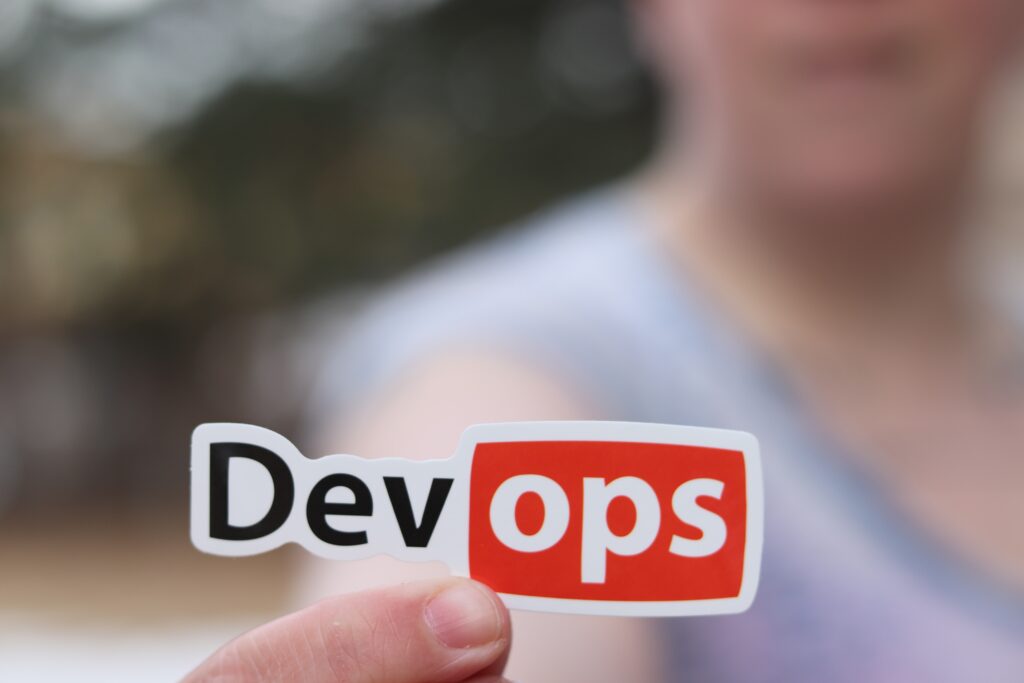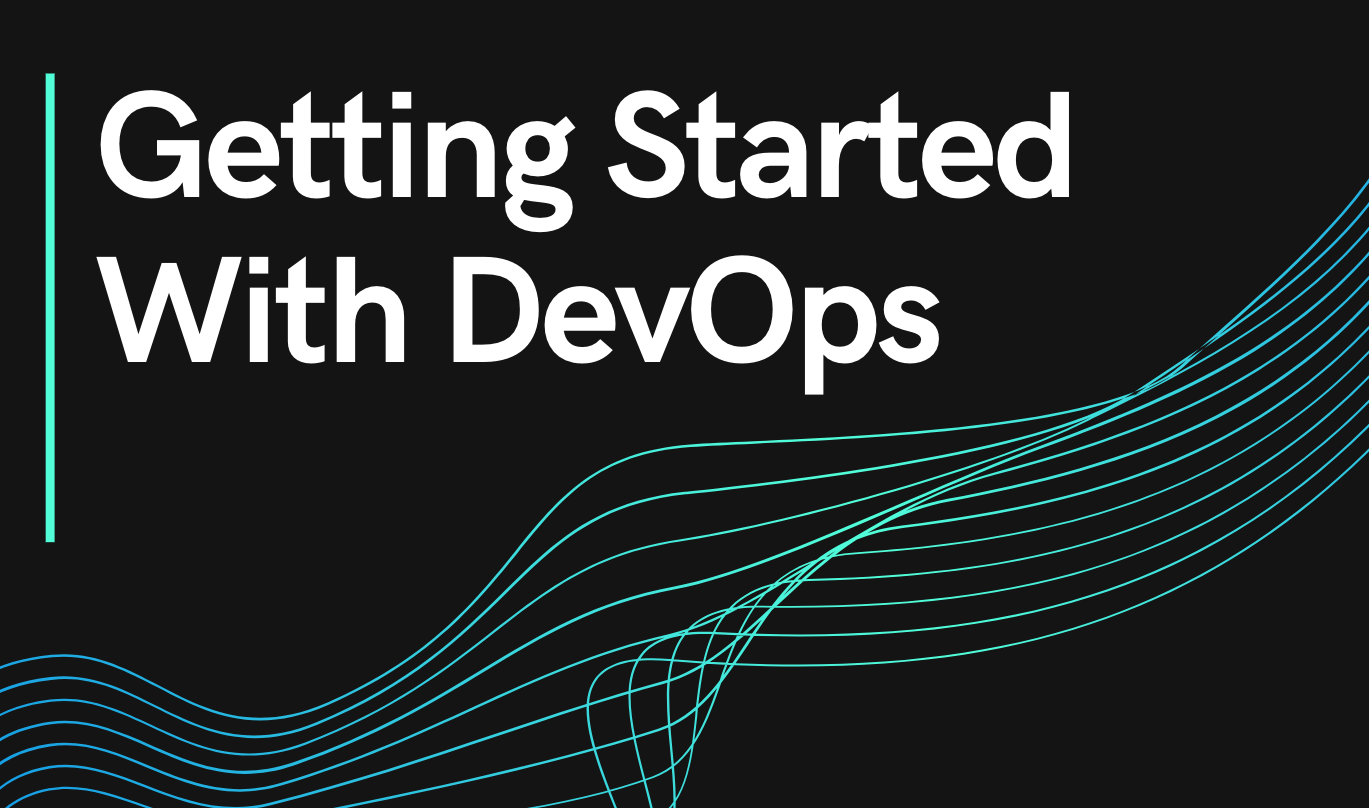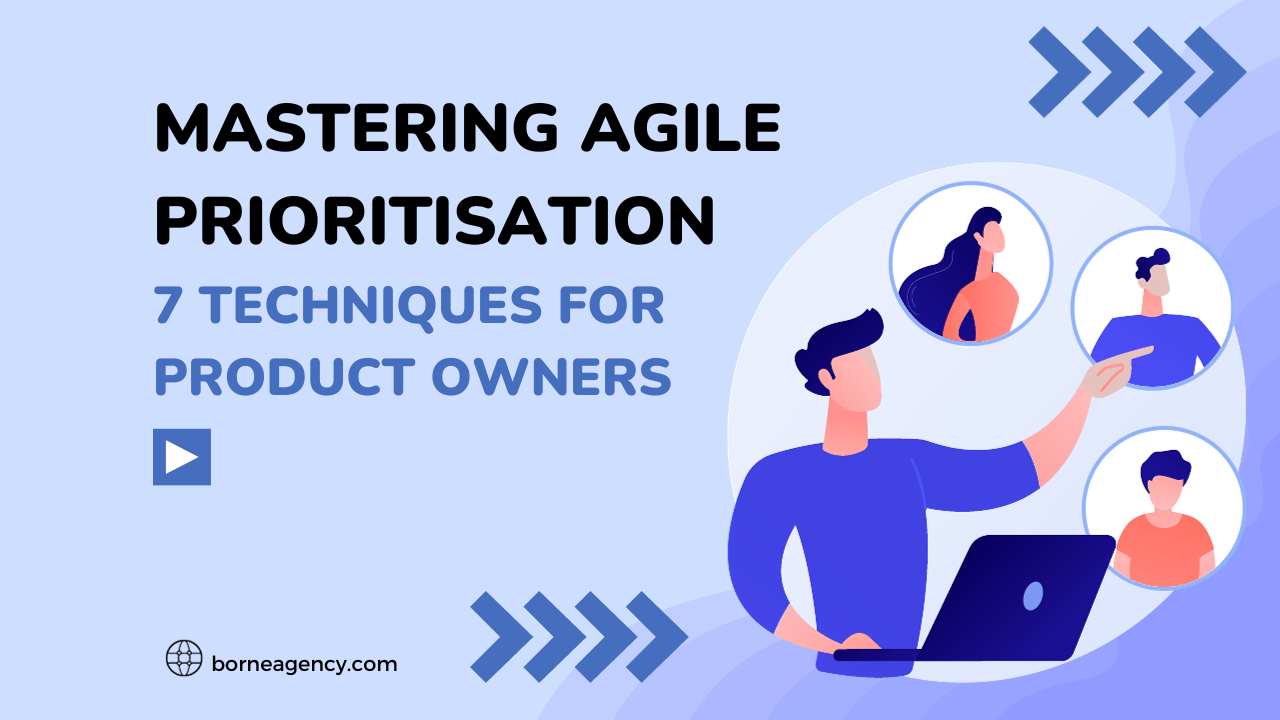Sep 26 - 4min readMobile DevOps: Starting Strong with Best PracticesBy Launchbase
In today’s fast-paced digital landscape, mobile app development has become a cornerstone of business success. Whether you’re a startup or a well-established enterprise, delivering high-quality mobile applications to your users is crucial. This is where Mobile DevOps comes into play. It’s not just a buzzword; it’s a set of practices and principles that can streamline your mobile app development process and improve the overall quality of your mobile apps. In this article, we will explore Mobile DevOps, how to get started, and the best practices to follow.
Understanding Mobile DevOps
Before delving into the specifics of Mobile DevOps, let’s clarify what it is and why it matters. DevOps, short for Development and Operations, is an approach that emphasizes collaboration and communication between software development and IT operations teams. It aims to automate and integrate the processes of building, testing, and deploying software.
Mobile DevOps extends these principles to mobile app development. It involves the seamless integration of app development, testing, deployment, and monitoring processes to accelerate the delivery of high-quality mobile apps. The goal is to ensure that mobile apps are not only developed rapidly but also maintained and updated efficiently throughout their lifecycle.
Getting Started with Mobile DevOps
Implementing Mobile DevOps may seem daunting, but it can be broken down into manageable steps. Here’s how to get started:
1. Define Your Objectives
Begin by setting clear objectives for your Mobile DevOps initiative. What do you hope to achieve? Improved app quality, faster release cycles, reduced downtime, or all of the above? Define your goals to guide your implementation.
2. Assemble a Cross-Functional Team
DevOps is all about collaboration, so assemble a cross-functional team that includes developers, testers, operations staff, and other relevant stakeholders. Effective communication among team members is crucial for success.
3. Choose the Right Tools
Select the right tools and technologies that align with your Mobile DevOps goals. Common tools include version control systems (e.g., Git), continuous integration and continuous deployment (CI/CD) pipelines, and mobile testing frameworks.
4. Automate the Build and Deployment Process
Automation is at the heart of Mobile DevOps. Automate the building, testing, and deployment of your mobile apps to reduce manual errors and speed up release cycles.
5. Implement Continuous Testing
Continuous testing is a key practice in Mobile DevOps. It involves running automated tests throughout the development pipeline to catch bugs early and ensure app quality. This includes unit tests, integration tests, and UI tests.
6. Embrace Containerization
Containerization technologies like Docker can simplify app deployment and ensure consistency across different environments, such as development, testing, and production.
7. Monitor and Measure
Implement monitoring and analytics tools to gain insights into app performance, usage patterns, and user feedback. This data can guide further improvements and updates.
8. Foster a DevOps Culture
DevOps is not just about tools and processes; it’s also about culture. Encourage a culture of collaboration, continuous learning, and innovation within your team.
Best Practices for Mobile DevOps

Now that you’ve started your Mobile DevOps journey, let’s explore some best practices to ensure success:
1. Version Control
Use version control systems like Git to track changes to your app’s source code. This ensures that you have a history of changes, simplifies collaboration, and allows you to roll back to previous versions if needed.
2. Automated Testing
Automated testing is a cornerstone of Mobile DevOps. Implement automated testing at all stages of development, from unit tests to UI tests, to catch and fix issues early in the development process.
3. Continuous Integration and Continuous Deployment (CI/CD)
Set up CI/CD pipelines to automate the building, testing, and deployment of your mobile apps. This accelerates the release process and ensures that each code change is thoroughly tested before deployment.
4. Environment Consistency
Containerization technologies like Docker can help maintain consistency across different development and production environments, reducing the “it works on my machine” problem.
5. Feedback Loops
Establish feedback loops with users, testers, and stakeholders. Collect user feedback and use it to prioritize and plan updates and improvements to your mobile app.
6. Monitoring and Performance Analysis
Implement robust monitoring and analytics tools to track app performance, detect anomalies, and gain insights into user behavior. This data-driven approach allows you to make informed decisions and proactively address issues.
7. Security and Compliance
Integrate security testing into your Mobile DevOps pipeline to identify and mitigate vulnerabilities. Ensure compliance with relevant regulations, especially if your app deals with sensitive data.
8. Continuous Learning and Improvement
Encourage a culture of continuous learning and improvement within your team. Regularly review and refine your Mobile DevOps processes to optimize efficiency and quality.
Conclusion
Mobile DevOps is not just a methodology; it’s a mindset that emphasizes collaboration, automation, and continuous improvement in mobile app development. By implementing Mobile DevOps practices and following best practices, you can accelerate app development cycles, improve app quality, and ultimately deliver better mobile experiences to your users. As the mobile app landscape continues to evolve, Mobile DevOps will play an increasingly critical role in the success of your mobile app projects. So, take the plunge, embrace Mobile DevOps, and watch your mobile apps thrive in the ever-competitive digital marketplace.



